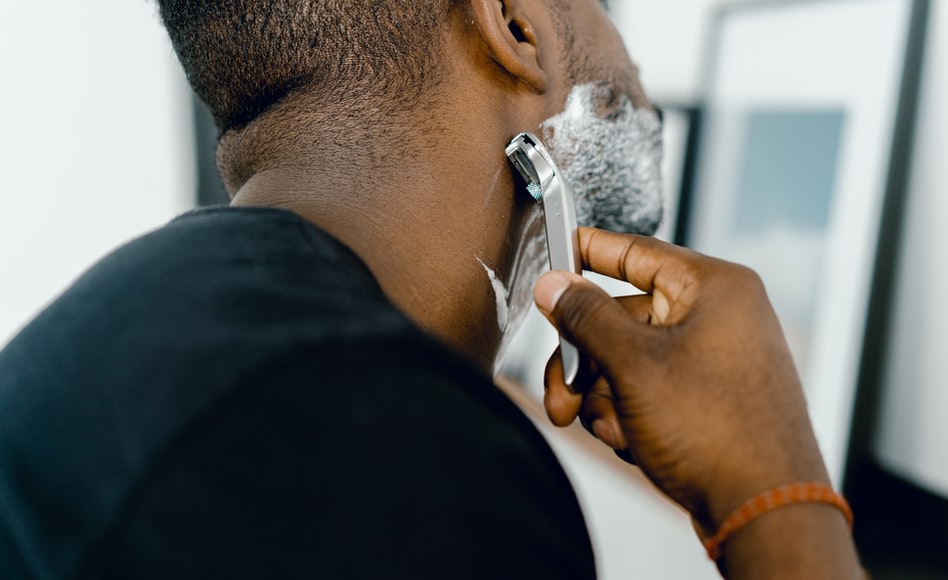Easy Ways to Prevent Stubborn Bathroom Clogs

It isn’t hard to see why so many household clogs are bathroom-based. The more people are using your home’s bathrooms, the more opportunities for clogging.
Since everyone in your household uses these spaces to answer the calls of nature and engage in various grooming rituals, it’s only natural that tubs, showers, toilets, and sinks would be prime locations for clogs.
3 Tips To Dealing With Bathroom Clogs
Additionally, depending on the severity level, bathroom clogs can range from mildly annoying to relentlessly frustrating. Families looking for effective ways to minimize bathroom-based clogs should heed the following pointers.
1. Amend Your Flushing Habits
Toilet clogs can be particularly frustrating to deal with, as they inhibit your family’s ability to answer the call of nature.
Fortunately, most toilet clogs are easily preventable – provided, of course, the inhabitants of your household are willing to amend their flushing habits.
To begin with, you should avoid flushing wet wipes altogether. Although the packaging for these products often claims that they can be flushed, you’d be wise to ignore this and abstain from flushing them entirely.
Unlike toilet paper, these wipes typically don’t break apart, which can lead to some of the most stubborn clogs your household has ever dealt with.
In addition to clogging toilets, these wipes can contribute to sewage backup – which is why flushing them is prohibited in many communities.
Similarly, take care to avoid flushing tissues and paper towels. While it may seem like the difference between these products and toilet paper is negligible, this is actually far from the case.
Both tissue paper and paper towels are much thicker than toilet paper and, therefore, more conducive to clogging.
Additionally, on the subject of toilet paper, you should avoid flushing massive amounts of it at one time. If you appear to be using too much T.P., simply flush the toilet, finish wiping and flush the remainder.
While the rules of proper flushing habits may initially strike you as complex, they’re actually quite simple. In essence, nothing but waste and toilet paper should be going into your home’s toilets.
Consider Reading: Ways to create the perfect bathroom
2. Exercise Caution When Shaving And Cutting Hair
Quite a bit of hair goes down the average bathroom sink. Hair lost throughout the course of brushing, styling, blow-drying, beard-trimming, and self-administered haircuts can prove particularly conducive to clogging.
In the interest of keeping the stray hair situation under control, there are several common-sense measures your family should adopt.
For starters, make sure to outfit your bathroom sink, and shower drains with hair catchers. Per the name, these handy little tools serve to catch the vast majority of hair before it’s able to find its way down drains.
Of course, for maximum effectiveness, your hair catchers will need to be cleaned on a consistent basis.
However, since this shouldn’t take more than a few seconds, cleaning your catchers is unlikely to prove very strenuous. Furthermore, hair catchers are affordable on any budget and very easy to install.
Secondly, whenever a large amount of hair fall is expected, make a point of covering your sink with a washcloth or paper towels.
When cutting your hair into a sink, for example, you stand to not only create clogging but also make a massive mess in the sink.
Taking a few seconds to cover the sink sufficiently can save you from both a hopelessly clogged drain and a cumbersome cleanup process.
Consider Reading: Deal With Broken Toilets
3. Regularly Clean Your Drains
Regular draining cleaning can help keep your various bathroom drains free of accumulated hair and assorted debris.
However, since many over-the-counter drain cleaners contain harsh chemicals that can damage your pipes, it’s generally a smart idea to stick with natural options.
For example, baking soda and vinegar can prove particularly effective in this endeavor.
Natural products are also favored for cleaning artisan bathroom hardware, a task that should never be undertaken with chemical-laden cleaners.
There’s little wonder as to why so many household clogs are bathroom-based. Since every member of your household uses these areas for answering the call of nature and engaging in assorted grooming rituals, the occasional clog is bound to occur.
However, depending on the level of severity, a clog stands to make essential fixtures like toilets, sinks, and showers unusable.
Furthermore, extracting stubborn clogs can prove inconvenient, time-consuming, and financially draining.
Fortunately, nipping bathroom clogs in the bud is more accessible than many households make it look. The measures discussed above can help keep clogging in your home’s bathrooms to the barest of minimums.
Conclusion:
Clogs and stains are both the biggest enemies of a tidy and clean-looking washroom. So it is better to keep your restroom clean and shiny. More you keep a clog clean bathroom your maintenance works are also going to be more simple and easy. So regular maintenance and cleaning the clogs is the key to keep a fresh-looking restroom.
Read Also:














Leave A Reply